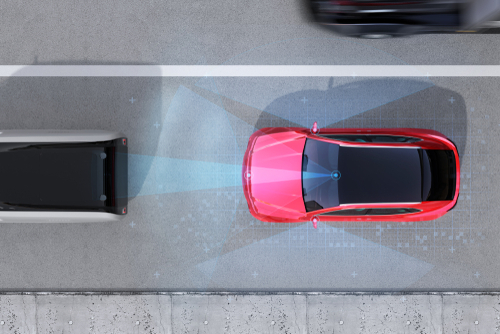
An Insurance Institute for Highway Safety (IIHS) study has determined autonomous vehicles might prevent a third of all crashes if automated systems drive too much like people.
“It’s likely that fully self-driving cars will eventually identify hazards better than people, but we found that this alone would not prevent the bulk of crashes,” Jessica Cicchino, IIHS vice president for research and a co-author of the study, said.
The analysis involved researchers imagining a future in which all the vehicles on the road are self-driving, assuming future vehicles would prevent crashes caused exclusively by perception errors or involved an incapacitated driver. Researchers attributed that to cameras and sensors of fully autonomous vehicles being expected to monitor the roadway and identify potential hazards better than a human driver while incapable of distraction or incapacitation.
According to a national survey of police-reported crashes, per the IIHS, driver error is the final failure in the chain of events leading to more than nine out of 10 crashes.
The study findings revealed a third of the crashes were the result of mistakes automated vehicles would be expected to avoid because they have more accurate perception than human drivers and are not vulnerable to incapacitation. However, to prevent the other two-thirds, the vehicles would need to be specifically programmed to prioritize safety over speed and convenience.
“Building self-driving cars that drive as well as people do is a big challenge in itself,” said IIHS Research Scientist Alexandra Mueller, lead author of the study. “But they’d actually need to be better than that to deliver on the promises we’ve all heard.”
Researchers examined over 5,000 police-reported crashes from the National Motor Vehicle Crash Causation Survey, representative of crashes nationwide where at least one vehicle was towed away, and emergency medical services were called.